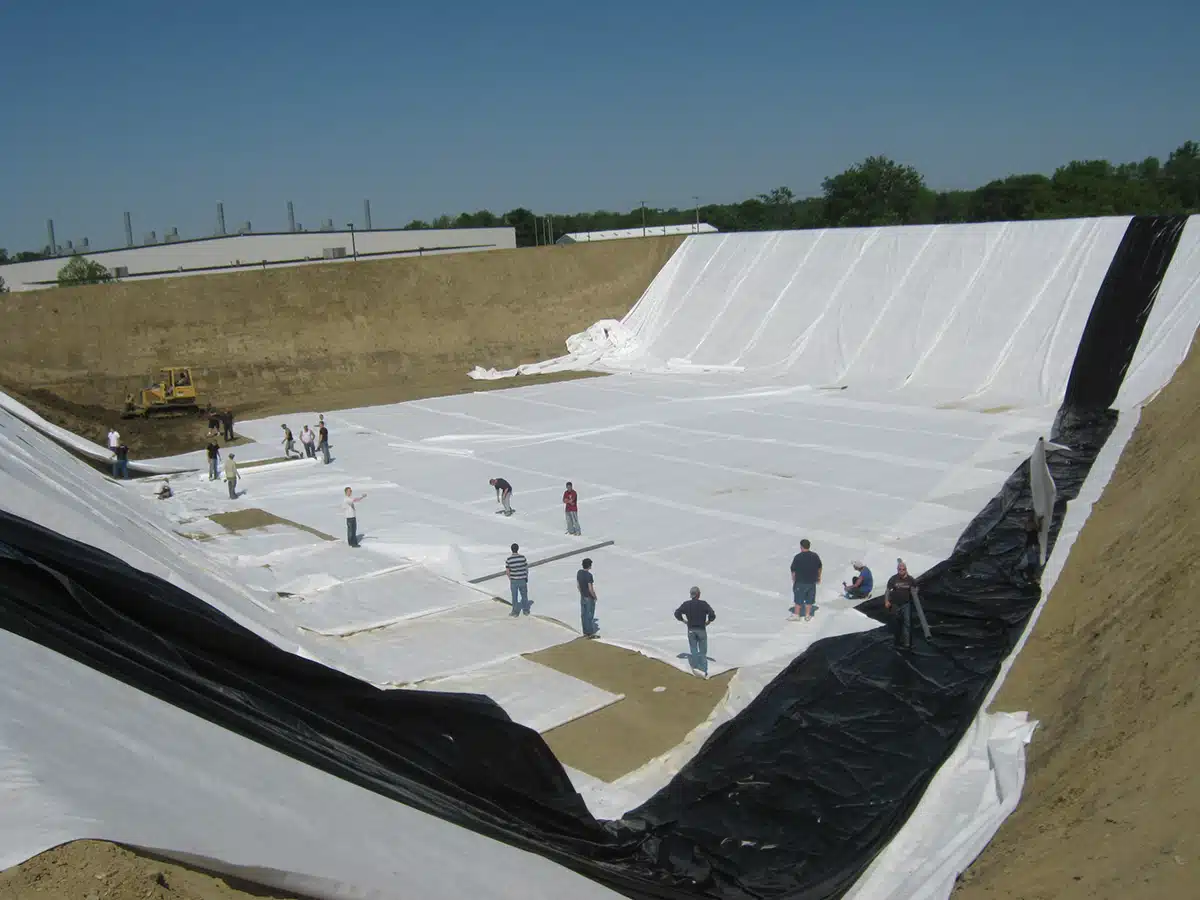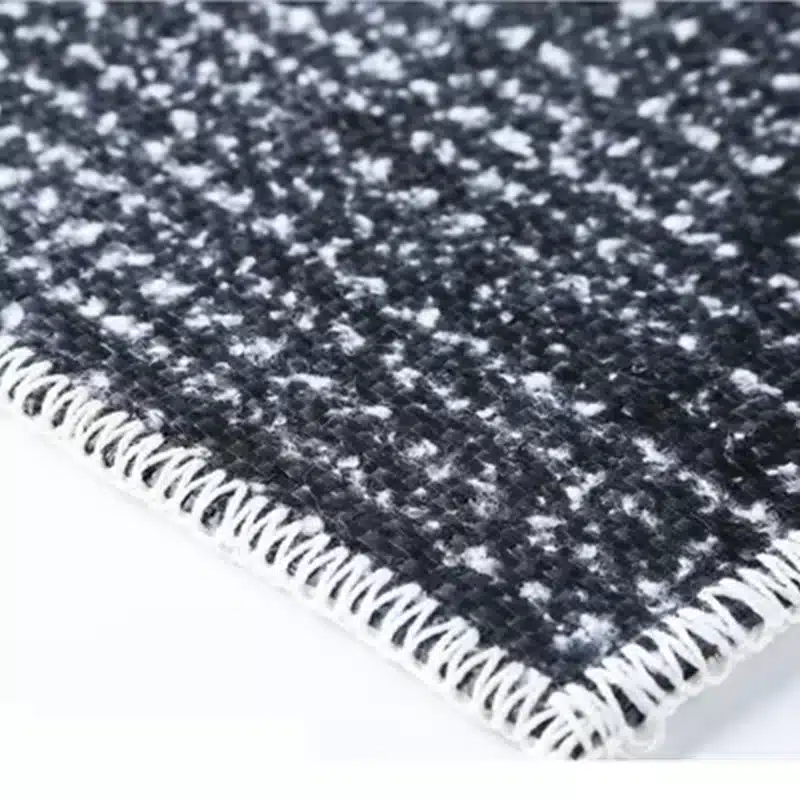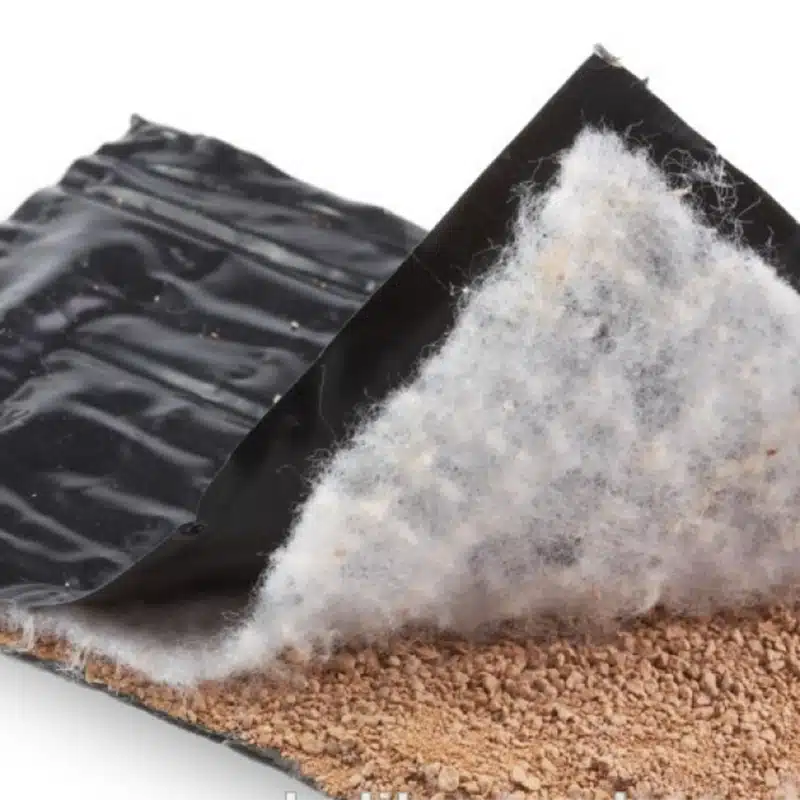+86-159 9860 6917
info@geofantex.com
geofantex@gmail.com
+86-400-8266163-44899
In the quest for sustainable and innovative construction materials, geosynthetic sheets emerge as a key player, revolutionizing how we approach environmental and engineering challenges. These advanced materials, known for their durability and versatility, are paving the way for groundbreaking applications in civil engineering and beyond. This article dives deep into the world of geosynthetics, exploring their composition, manufacturing process, benefits, and wide-ranging applications, offering insights into how they’re shaping a more resilient and sustainable future.

What is a geosynthetic material?
Geosynthetic materials, representing a significant advancement in man-made materials used to improve soil conditions, form an innovative family of synthetic products crafted to address a wide range of civil engineering challenges. These materials, encompassing geosynthetic sheets and other variants, are meticulously engineered from high-quality polymeric compounds. This composition not only bestows upon them exceptional durability but also ensures their resilience against adverse biological and chemical environments. Specifically designed to enhance soil conditions through separation, reinforcement, filtration, drainage, and containment, geosynthetics have become indispensable in numerous construction and environmental projects, revolutionizing traditional approaches to civil engineering.
How are geosynthetics manufactured?
The manufacturing process of geosynthetics encompasses a variety of intricate steps, beginning with the careful selection of raw materials, predominantly polymers such as polyethylene, polypropylene, or polyester. These polymers undergo transformation through several methods, including extrusion, weaving, knitting, or the formation of non-woven fabrics, tailored to the specific type of geosynthetic being produced. A notable technique in the creation of certain geosynthetic sheets involves using two sheets of non-woven geotextile with a layer of sodium bentonite clay sandwiched between, a method particularly valued for its sealing and environmental protection properties. Typically, for the production of standard geosynthetic sheets, extrusion plays a pivotal role, where the selected polymer is melted and formed into sheets of meticulously calibrated thickness and density, ensuring they meet the precise engineering requirements necessary for their intended applications.

What are the advantages of geosynthetic material?
Geosynthetic materials stand out as not only easy to use and cost-effective but also offer numerous advantages over traditional construction materials. Their lightweight nature significantly reduces transportation and handling costs, while their unparalleled flexibility and strength contribute to enhanced structural stability. Furthermore, geosynthetics are environmentally friendly options, minimizing the dependence on natural aggregate materials, reducing carbon footprints, and encouraging sustainable construction practices. Their inherent resistance to corrosion, UV radiation, and extreme temperatures not only extends the lifespan of engineering projects but also underscores their long-term reliability and overall cost-effectiveness, making them an attractive choice for a wide range of applications.
What are the applications of geosynthetics?
The applications of geosynthetics are vast and varied, seamlessly integrating into almost every aspect of civil engineering, construction, and environmental management. Within the realms of civil engineering and construction, they are extensively utilized in road construction for stabilization and reinforcement, demonstrating their critical importance. Additionally, their use extends to landfills and waste containment efforts to prevent leachate and gas migration, showcasing their value in environmental safeguarding measures. In water management projects such as dams, canals, and erosion control, geosynthetics prove indispensable, further emphasizing their role in civil engineering and construction practices. Beyond these areas, geosynthetics also play a crucial role in landscape engineering, agriculture, and coastal protection, demonstrating their versatility and effectiveness in addressing a wide range of complex engineering challenges.
Geosynthetic sheets stand at the forefront of modern engineering materials, offering innovative solutions to some of the most pressing environmental and structural challenges. Their unique properties, combined with their sustainable benefits, make them indispensable in the field of civil engineering and beyond. As technology advances, the potential applications of geosynthetics continue to expand, promising a future where engineering projects are more durable, cost-effective, and environmentally friendly. Embracing geosynthetics is not just a step towards enhancing construction techniques; it’s a leap towards engineering a sustainable world.



Get Free Sample
We’ll respond as soon as possible(within 12 hours)






















